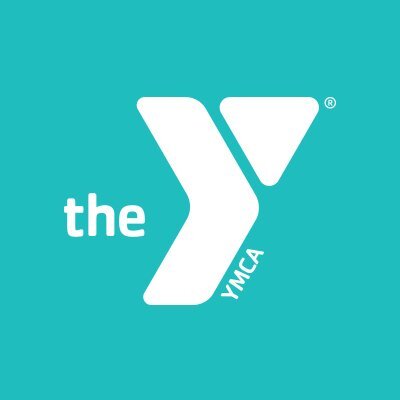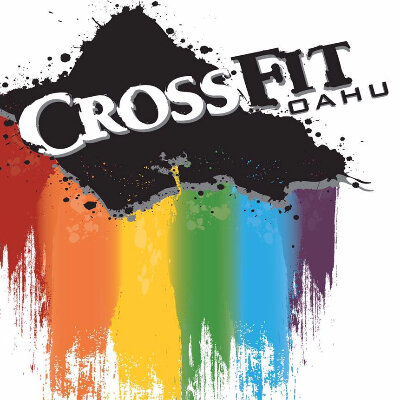Exercise
Exercise has many benefits that stretch beyond just your physical health. That is why it is recommended that teens do at least 60 minutes of moderate to vigorous physical activity per day.
That may sound like a lot, but there are so many different ways to fulfill those 60 minutes. Exercise should be fun! Find an activity, program, sport, or workout that you enjoy and the time will fly by. Do you like working out by yourself? Do you like working out indoors or outdoors? Questions like these are good to ask yourself so that you are interested in exercising, don’t find it to be a chore, and can work it into your everyday lifestyle.
Source: CDC https://www.cdc.gov/healthyschools/physicalactivity/facts.htm
Benefits of Physical Exercise
Here are some of the greatest benefits-- physical and mental-- of regularly exercising:
Improved heart and lung health, including cardiovascular fitness and blood circulation throughout body
Reduced risk of developing health conditions such as obesity, heart disease, cancer, osteoporosis, type 2 diabetes, and high blood pressure
Helps with healthy weight maintenance, and even loss of weight
Improved bone and muscle strength
Improved sleep (as long as you don’t workout right before bed!)
Increased enthusiasm and optimism: when you exercise, your brain produces chemicals called endorphins that make you happy and feel good
Improved mental health: exercise is a great reliever as it releases tension, can reduce symptoms of anxiety and depression, helps manage stress, and improves self-image
Improved cognitive performance: boosted memory, focus, and concentration
Sources:
CDC: https://www.cdc.gov/healthyschools/physicalactivity/facts.htm
TeensHealth (Nemours Children’s Health System): https://kidshealth.org/en/teens/exercise-wise.html
SafeTeens.org: https://safeteens.org/health-wellness/nutrition-exercise/exercise-fitness/
University of Rochester Medical Center: https://www.urmc.rochester.edu/encyclopedia/content.aspx?ContentTypeID=90&ContentID=P01602
Types of Exercise
It is important to incorporate all 3 of the following types of exercise into your exercise regimens. Each has specific and necessary benefits and doing all 3 will provide you with fun variety in your daily routines:
Aerobic Training
Aerobic exercise is any type of cardiovascular conditioning, otherwise known as “cardio.” This type of training speeds up your heart rate and makes you breathe harder, giving your heart and lungs a workout. As you train more aerobically, you’ll get out of breath less easily because your heart and lungs are better at pumping oxygen throughout the body. Aerobic exercise therefore increases your endurance.
Aerobic training is the type of exercise that best helps to burn body fat, relax blood vessels, lower blood sugar and pressure, reduce inflammation, and improve cholesterol levels. Because of this, consistent aerobic exercise can reduce your risk for type 2 diabetes, heart disease, stroke, breast and colon cancer, and depression.
Types of Aerobic Training
Brisk walking
Jogging/running
Swimming
Cycling
Dancing
Sports like basketball, soccer, tennis, paddling/rowing
Jump rope
Kickboxing
Hiking
Muscle Strengthening
While aerobic exercise strengthens your heart muscle, the other muscles in your body want to grow stronger too! Strength training keeps your muscles toned and can also build them up to be larger. To do this and to become stronger, your muscles have to be exposed to resistance. Resistance training to grow your muscles does not only have to be lifting weights, but also can be body weight, resistance band, and even sport-related exercises. Whenever your muscles are used against resistance, microtears in the muscles are formed, new muscle grows back over these tears, and muscle mass and strength are increased.
Strengthening your muscles by resistance and strength training is important because muscles support and protect your joints and therefore strong muscles help prevent injury. Muscle mass also burns more energy (calories) than fat does, so having more muscle mass increases your metabolism and helps you lose weight. Stimulated bone growth, reduced blood sugar levels, better balance, and reduced stress and pain in your joints and back are all additional benefits of strengthened muscles.
Types of Muscle Strengthening Exercises
Body weight movements: push ups, pull ups, lunges, squats, sit-ups, crunches etc. See below for YouTube channels for guidance in this area!
Free weights: equipment such as dumbbells, barbells and hand weights can be used in exercises such as bench presses, deadlifts, bicep curls, and more, to build muscle. Practice safety measures and consult trainers before attempting any of these!
Machine weights: machine weights are great for beginners in the gym to build a specific muscle in your body. Read instructions and practice safety measures when using these as well!
Sport-related: rowing, biking, yoga, swimming, surfing, gymnastics
Flexibility Training
Flexibility is important as it allows your muscles and joints to move in the full range of motion while doing other aerobic and strength exercises. Being flexible means that your muscles and joints can stretch, bend, and move easily. Stretching is a major way to train your flexibility, and should be done both before and after other exercises.
There are many benefits of flexibility training. It can improve sports performance and reduce chances of muscle injury, cramping, pain, damage, strains, and falling.
Types of Flexibility Training Exercises
Stretching!
Yoga
Martial arts
Ballet/dance
Gymnastics
Pilates
Sources:
TeensHealth (Nemours Children’s Health System): https://kidshealth.org/en/teens/exercise-wise.html
Palo Alto Medical Foundation: https://www.sutterhealth.org/pamf/health/teens/sports-fitness/kinds-of-exercise
Harvard Health: https://www.health.harvard.edu/exercise-and-fitness/the-4-most-important-types-of-exercise



















